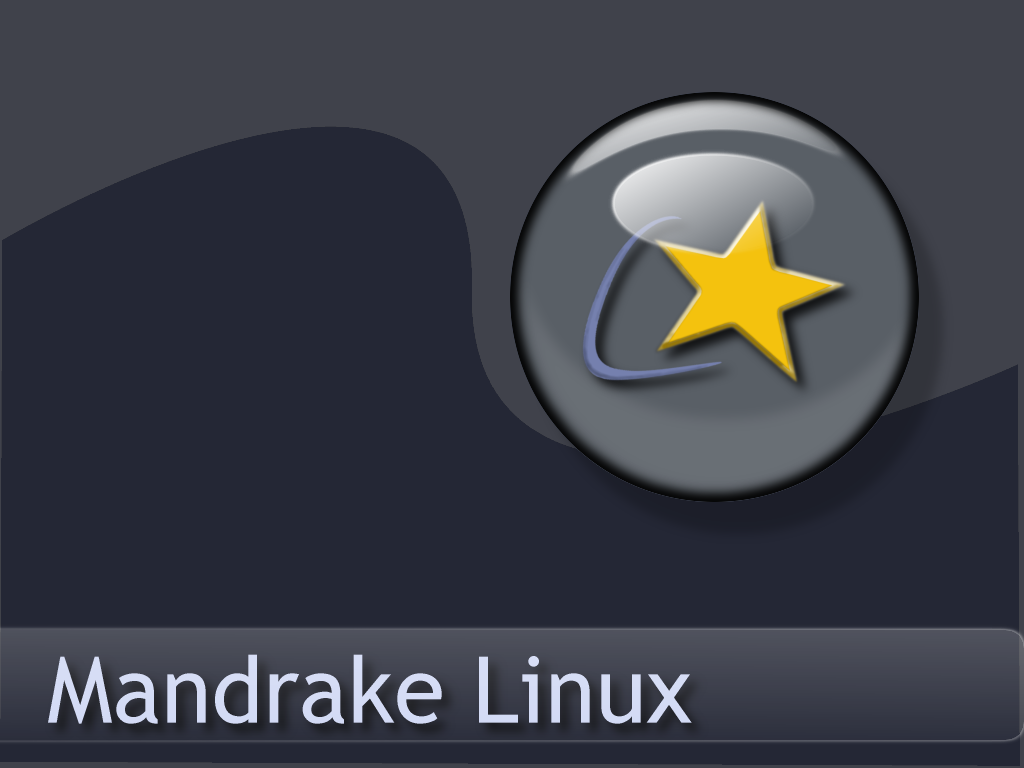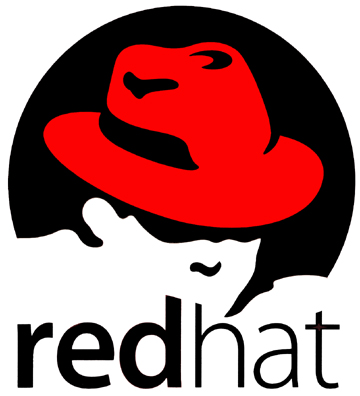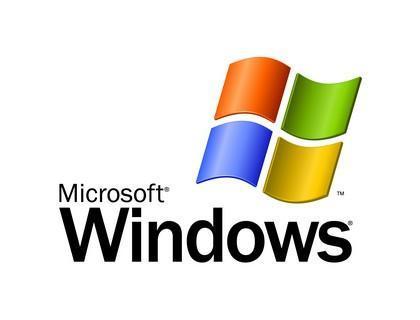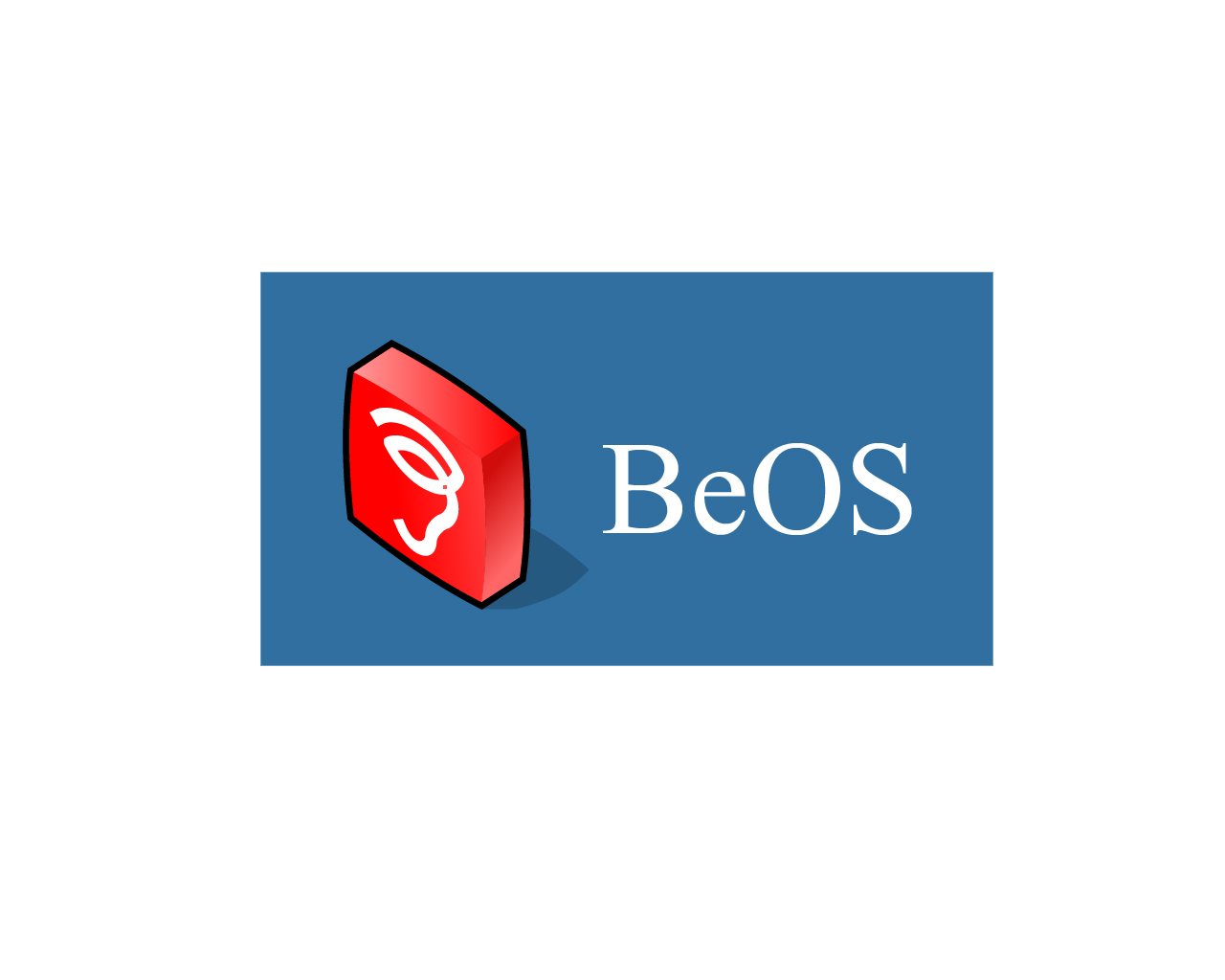Difference between revisions of "Documentation:Installing VLC"
(Edited by Jagannath for Google code-In 2011) |
|||
| Line 3: | Line 3: | ||
There are VLC binaries available for the many OSes, but not for all supported ones. If there are no binaries for your OS or if you want to change the default settings, you can compile VLC from sources. | There are VLC binaries available for the many OSes, but not for all supported ones. If there are no binaries for your OS or if you want to change the default settings, you can compile VLC from sources. | ||
| − | == Windows == | + | == [[Image:Windows logo2.jpg|100x100px]] == |
| − | {{VLC}} is compatible and works under Windows Operating Systems 2000/XP/Vista/7. It can also be used under Windows 95/98/Me using [http://kernelex.sourceforge.net/wiki/Main_Page KernelEx]. | + | {{VLC}} is compatible and works under Windows Operating Systems 2000/XP/Vista/7. It can also be used under Windows 95/98/Me using [http://kernelex.sourceforge.net/wiki/Main_Page KernelEx]. |
#Download the self-extracting package (or the 7-zip/zip package, which requires an extraction first) from the [http://www.videolan.org/vlc/download-windows.html VLC Windows download page]. | #Download the self-extracting package (or the 7-zip/zip package, which requires an extraction first) from the [http://www.videolan.org/vlc/download-windows.html VLC Windows download page]. | ||
| Line 11: | Line 11: | ||
#Follow the steps in the installer. | #Follow the steps in the installer. | ||
| − | [[ | + | [[Image:Installer.png]] |
| − | Unattended/silent installation: Use "filename" /L="languagecode" /S. Example for english installation: vlc-1.1.0-win32.exe /L=1033 /S | + | Unattended/silent installation: Use "filename" /L="languagecode" /S. Example for english installation: vlc-1.1.0-win32.exe /L=1033 /S |
| − | == | + | == [[Image:Apple-logo-300x300.jpg|100x100px]] == |
| − | #Download the Mac OS X package from the [http://www.videolan.org/vlc/download-macosx.html VLC MacOS X download page]. | + | #Download the Mac OS X package from the [http://www.videolan.org/vlc/download-macosx.html VLC MacOS X download page]. |
#Double-click on the icon of the package: an icon will appear on your Desktop, right beside your drives. | #Double-click on the icon of the package: an icon will appear on your Desktop, right beside your drives. | ||
#Open it and drag the VLC application from the resulting window to the place where you want to install it (it should be '''/Applications'''). | #Open it and drag the VLC application from the resulting window to the place where you want to install it (it should be '''/Applications'''). | ||
| − | == | + | == [[Image:Beos-wallpapers 1334 1280x1024.png|150x150px]] == |
#Download the Zip file from the [http://www.videolan.org/vlc/download-beos.html VLC BeOS download page]. | #Download the Zip file from the [http://www.videolan.org/vlc/download-beos.html VLC BeOS download page]. | ||
#Unzip the file in a directory to install VLC. | #Unzip the file in a directory to install VLC. | ||
| − | == Debian | + | == [[Image:Debian-logo.jpg|100x100px]] == |
=== Debian stable (lenny) === | === Debian stable (lenny) === | ||
| Line 44: | Line 44: | ||
You should not be using Debian testing unless you perfectly know what you are doing. It is almost impossible to support Debian testing and there are no plans to do it. | You should not be using Debian testing unless you perfectly know what you are doing. It is almost impossible to support Debian testing and there are no plans to do it. | ||
| − | For more information on Debian testing, please look at the [http://www.debian.org/devel/testing Testing Page]. | + | For more information on Debian testing, please look at the [http://www.debian.org/devel/testing Testing Page]. |
=== Debian unstable (sid) === | === Debian unstable (sid) === | ||
| Line 53: | Line 53: | ||
'''deb-src''' http://download.videolan.org/pub/videolan/debian '''sid main''' | '''deb-src''' http://download.videolan.org/pub/videolan/debian '''sid main''' | ||
| − | Then, for a normal install, write the following commands in '''Terminal''': | + | Then, for a normal install, write the following commands in '''Terminal''': |
# '''apt-get update''' | # '''apt-get update''' | ||
# '''apt-get install vlc libdvdcss2''' | # '''apt-get install vlc libdvdcss2''' | ||
| − | == Linux Mandrake == | + | == Linux Mandrake[[Image:Mandrake-wave.png|100x100px]] == |
There are VLC packages for Mandrake 9.1 and Cooker. | There are VLC packages for Mandrake 9.1 and Cooker. | ||
| Line 68: | Line 68: | ||
# '''urpmi libdvdcss2 libdvdplay0 wxvlc vlc-plugin-a52 vlc-plugin-ogg vlc-plugin-mad''' | # '''urpmi libdvdcss2 libdvdplay0 wxvlc vlc-plugin-a52 vlc-plugin-ogg vlc-plugin-mad''' | ||
| − | == Linux | + | == Linux [[Image:Centos.png|150x100px]] (EL5) == |
1. Download and install the latest rpmforge-release rpm (eg rpmforge-release-0.3.6-1.el5.rf.i386.rpm) | 1. Download and install the latest rpmforge-release rpm (eg rpmforge-release-0.3.6-1.el5.rf.i386.rpm) | ||
| Line 76: | Line 76: | ||
# '''yum install vlc''' | # '''yum install vlc''' | ||
| − | or (if you have epel-release installed); | + | or (if you have epel-release installed); |
| − | + | ||
# '''yum --disablerepo='epel' install vlc''' | # '''yum --disablerepo='epel' install vlc''' | ||
| − | <br> | + | <br> |
| − | == Linux | + | == Linux [[Image:Redhat2.jpg|100x100px]] == |
Download the RPM package ''vlc'' and the packages listed in the ''required libraries and codecs'' section (the other packages are optional) from the [http://www.videolan.org/vlc/download-redhat.html VLC Red Hat download page] and put them all into the same directory. | Download the RPM package ''vlc'' and the packages listed in the ''required libraries and codecs'' section (the other packages are optional) from the [http://www.videolan.org/vlc/download-redhat.html VLC Red Hat download page] and put them all into the same directory. | ||
Revision as of 14:55, 10 December 2011
There are VLC binaries available for the many OSes, but not for all supported ones. If there are no binaries for your OS or if you want to change the default settings, you can compile VLC from sources.
Contents
VLC media player is compatible and works under Windows Operating Systems 2000/XP/Vista/7. It can also be used under Windows 95/98/Me using KernelEx.
- Download the self-extracting package (or the 7-zip/zip package, which requires an extraction first) from the VLC Windows download page.
- Launch the .exe to install VLC.
- Follow the steps in the installer.
Unattended/silent installation: Use "filename" /L="languagecode" /S. Example for english installation: vlc-1.1.0-win32.exe /L=1033 /S
100x100px
- Download the Mac OS X package from the VLC MacOS X download page.
- Double-click on the icon of the package: an icon will appear on your Desktop, right beside your drives.
- Open it and drag the VLC application from the resulting window to the place where you want to install it (it should be /Applications).
- Download the Zip file from the VLC BeOS download page.
- Unzip the file in a directory to install VLC.
Debian stable (lenny)
Add the following lines to your /etc/apt/sources.list:
deb http://download.videolan.org/pub/videolan/debian stable main deb-src http://download.videolan.org/pub/videolan/debian stable main
Then, for a normal install, write the following commands in Terminal:
# apt-get update # apt-get install vlc libdvdcss2
Debian testing (squeeze)
You should not be using Debian testing unless you perfectly know what you are doing. It is almost impossible to support Debian testing and there are no plans to do it.
For more information on Debian testing, please look at the Testing Page.
Debian unstable (sid)
Add the following lines to your /etc/apt/sources.list:
deb http://download.videolan.org/pub/videolan/debian sid main deb-src http://download.videolan.org/pub/videolan/debian sid main
Then, for a normal install, write the following commands in Terminal:
# apt-get update # apt-get install vlc libdvdcss2
Linux Mandrake
There are VLC packages for Mandrake 9.1 and Cooker.
To install them, add the following sources for either Mandrake 9.1 or Cooker (you can use Easy urpmi for that): contrib from the core distribution and plf (Penguin Liberation Front) from the external add-ons.
Then install the required packages with urpmi:
# urpmi libdvdcss2 libdvdplay0 wxvlc vlc-plugin-a52 vlc-plugin-ogg vlc-plugin-mad
Linux  (EL5)
(EL5)
1. Download and install the latest rpmforge-release rpm (eg rpmforge-release-0.3.6-1.el5.rf.i386.rpm)
2. Either;
# yum install vlc
or (if you have epel-release installed);
# yum --disablerepo='epel' install vlc
Linux 
Download the RPM package vlc and the packages listed in the required libraries and codecs section (the other packages are optional) from the VLC Red Hat download page and put them all into the same directory.
Then install the RPM packages you have downloaded:
# rpm -U *.rpm
If you have not installed all the RPM packages included with your distribution, you may be asked to install a few of them first.
Compile the sources by yourself (for every other OS)
For more detailed information on compiling VLC by yourself, please have a look at the documentation on our developers website.
Please read the Documentation Editing Guidelines before you edit the documentation

